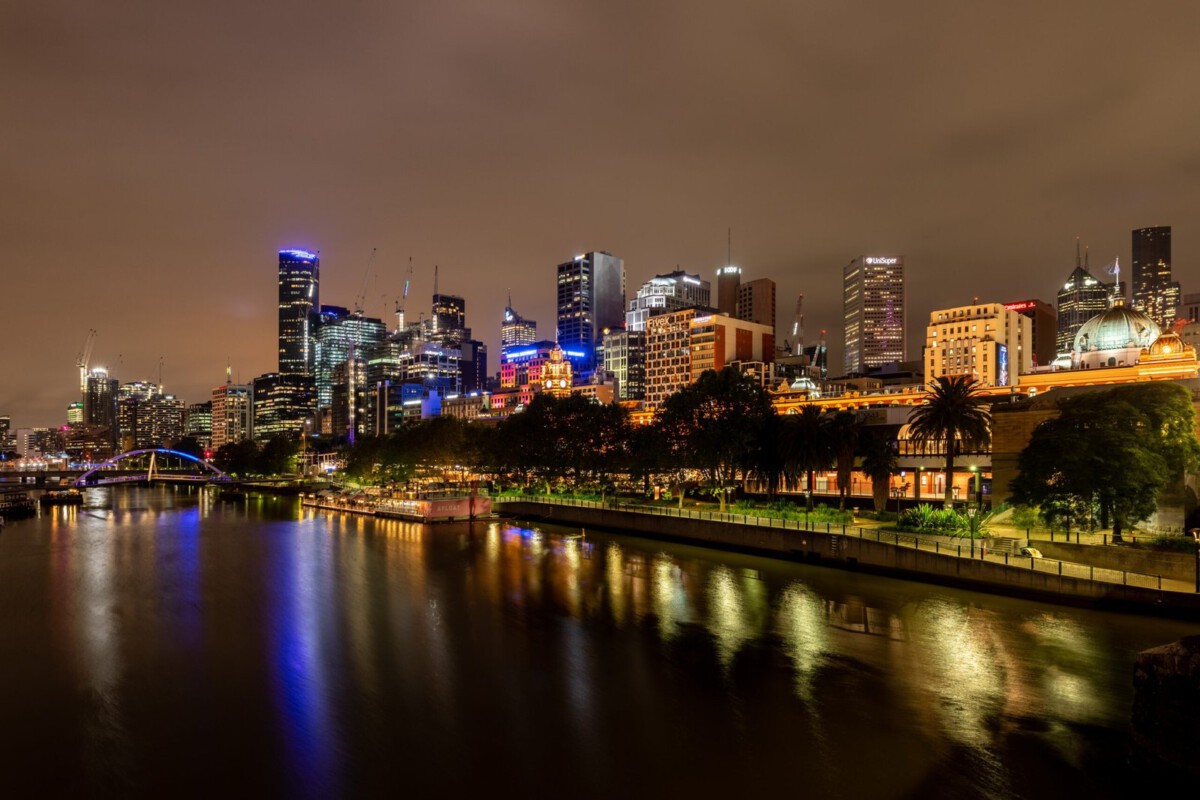The Unexpected Shift That Sparked It All (Image Credits: Unsplash)
Rancho Palos Verdes – As the sun sets over the rugged coastline, casting long shadows across cracked driveways, families in the Portuguese Bend neighborhood fire up generators and check solar batteries for another evening without the grid.
The Unexpected Shift That Sparked It All
Imagine waking up to find your street splitting apart. That’s the reality for Portuguese Bend residents when accelerated land movement turned their stable suburb into a slow-motion disaster zone starting in spring 2023.
Utilities had no choice but to cut power indefinitely last year, citing safety risks from the shifting earth. Over 250 homes lost electricity, water, and gas, forcing an entire community to rethink survival basics.
Yet, this coastal enclave, just 30 miles south of downtown L.A., didn’t crumble. Instead, it became one of California’s biggest off-grid experiments, with most folks powering through for more than a year now.
Powering Homes the Old-Fashioned Way
Solar panels have become the neighborhood’s new best friend. Many residents installed them quickly after the cutoff, turning rooftops into mini power plants that capture the endless California sunshine.
Generators fill the gaps, especially on cloudy days or during evening peaks. Some haul in propane tanks weekly, while others share resources to cut costs and noise.
It’s not seamless, though. Batteries drain fast with heavy use, and winter rains test the setup. Still, these adaptations keep lights on and fridges running in ways that feel almost triumphant.
Water Woes and Everyday Hacks
Losing water service hit harder than expected. Portuguese Bend folks now rely on delivered tanks or rainwater collection, boiling every drop for safety.
Showers? Many use solar-heated bags or community setups at nearby spots. Cooking shifts to outdoor grills and induction stoves hooked to portable batteries.
These routines build resilience. One family even rigged a greywater system to irrigate their garden, turning necessity into a sustainable habit.
Building Bonds in Isolation
When the ground moves, neighbors pull closer. Block parties now double as tool swaps, with folks trading tips on battery maintenance or emergency kits.
The city steps in too, offering grants for solar installs and emotional support hotlines. It’s created a tight-knit vibe, where checking on elderly residents means more than just a knock on the door.
Challenges persist, like road closures that strand groceries. But this shared struggle has woven a stronger social fabric than any HOA meeting ever could.
Environmental Edges and Hidden Costs
Going off-grid isn’t all green dreams. While solar cuts emissions, hauling fuel adds truck miles, and waste management strains without sewer lines.
Costs stack up fast. Initial setups run thousands, and monthly bills for propane or maintenance rival old utility rates. Some sell homes at a loss, but most dig in, valuing the views over convenience.
Experts warn the land movement could worsen with climate shifts. Recent November rains brought minimal new damage, but the threat lingers like a shadow on the cliffs.
Looking Ahead: Stability or More Shifts?
Progress inches forward. Southern California Edison plans to restore power to 28 homes soon, with hundreds more in line as movement slows.
Residents mix hope with caution. Some eye permanent off-grid upgrades, blending solar with emerging tech like community microgrids.
Others ponder relocation, weighing paradise against peril. The city’s coalition with nearby areas like San Clemente aims to tackle bigger fixes, from drainage to monitoring.
- Solar adoption surged post-cutoff, powering essentials for most households.
- Community aid includes free counseling and utility rebates.
- Road damage isolates spots, but volunteer networks bridge gaps.
- Winter prep focuses on rain-resistant setups to avoid floods.
- Long-term plans involve geological experts to predict slides.
Key Takeaways
- Adaptation turns crisis into opportunity, fostering self-reliance in scenic spots.
- Shared challenges build unbreakable community ties amid uncertainty.
- Sustainable tech like solar offers a glimpse of future-proof living, even if imperfect.
In the end, Portuguese Bend shows how humans bend but rarely break when the earth won’t stay still. It’s a reminder that home isn’t just a place – it’s the grit to make it work. What would you do if your power vanished tomorrow? Share your thoughts in the comments.








